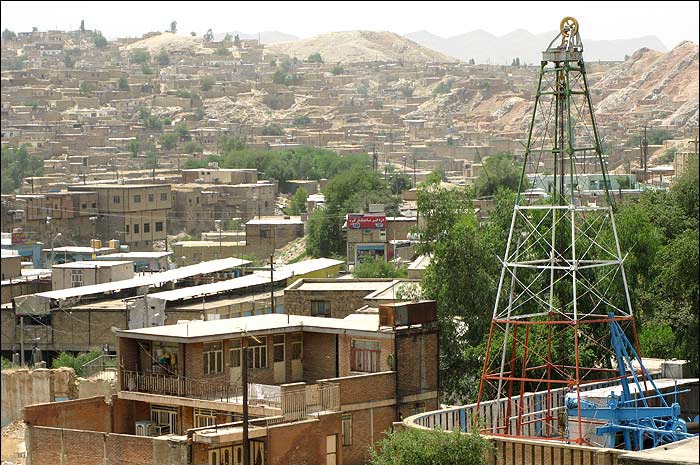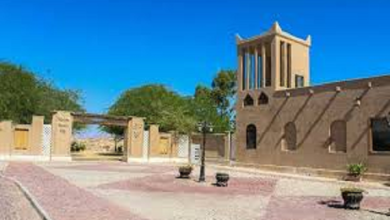
From the heart of Ahwaz… The first oil well in the Middle East.
In 1908, the first oil drilling in the Middle East took place in the Naftoon area, at the heart of this city. Following the Persian annexation of the State of Ahwaz in 1925 and the death of Sheikh Khaz’al al-Kaabi in 1936, the Anglo-Persian company took over the city’s oil fields.
On May 28, 1901, William Knox D’Arcy, a British businessman, secured the concession for the exploration of Iranian oil. For this, he entrusted the task to George Bernard Reynolds, an expert in oil drilling, and collaborated with the Sumatra company to explore the underground reservoirs and design the oil extraction procedures.
Reynolds prepared another exploration site at Naftoon, which is now located near Masjed Soleyman.
Two years after starting drilling in Shardin, Reynolds’ team realized they could not reach the oil deposit at that stage.
The company’s capital, coming from England to exploit the Ahwaz oil, was almost exhausted due to the duration of the drillings. The main investor, D’Arcy, having lost hope of finding oil, sent a telegram to Reynolds to halt the operations.
However, signs of oil presence, like a geyser and a tar pond, along with observations from historians and archaeologists indicating the abundance of oil in Naftoon, rekindled Reynolds’ hope. He decided to continue drilling.
Wilson was convinced that the Ahwaz wells would eventually strike oil. He believed it was better for the British to discover this “black gold” in the Middle East than the American or German competitors.
One morning, Wilson was awakened by the noise of the drillers. At four o’clock in the morning, he saw an unexpected sight: oil was gushing out, and workers were dancing and celebrating around the platform. It marked the beginning of the oil era in the Middle East.
Masjed Soleyman became the site of the first oil well in the Middle East, producing at a rate of 36,000 liters per day. This well was later known as “Well Number One”.
Starting in 1912, with the completion of the Masjed Soleyman – Abadan pipeline, oil exports began. Masjed Soleyman entered its first oil boom period.
By 1914, 30 wells had been drilled in Masjed Soleyman, attracting migrants from various tribes. In the early days, the number of local workers was minimal, but within two decades, they were between 10,000 and, according to some estimates, 20,000.
With this abundant and cheap labor force, oil extraction reached 43,000 tons in 1912, then increased to 4.3 million tons in 13 years.




